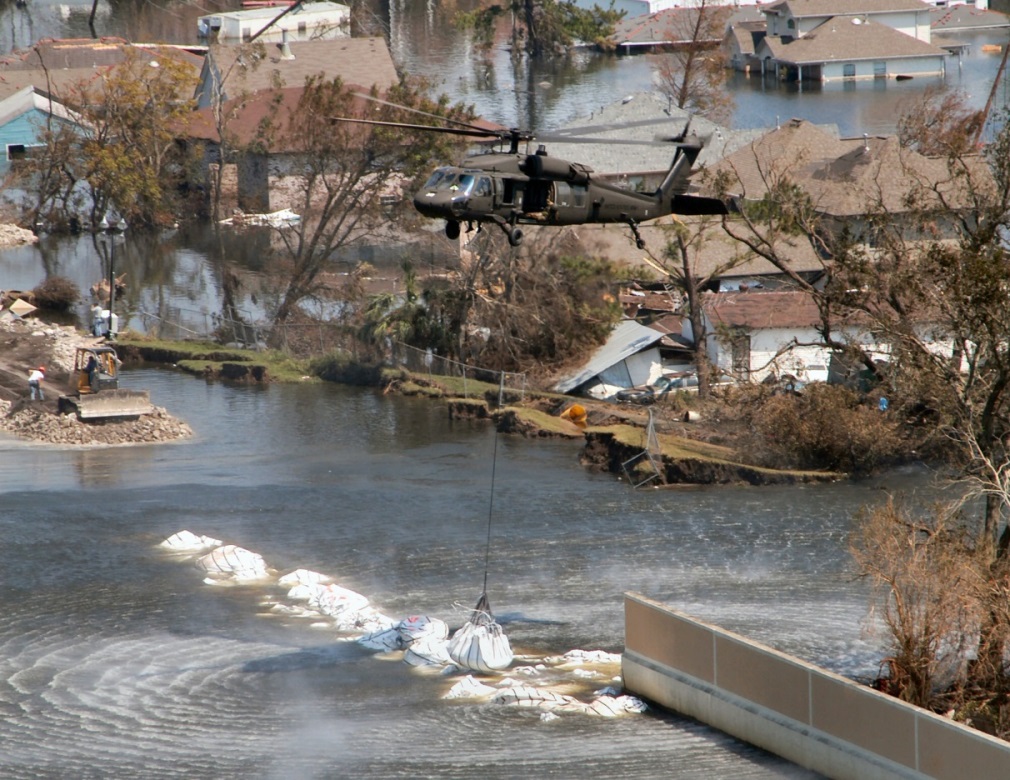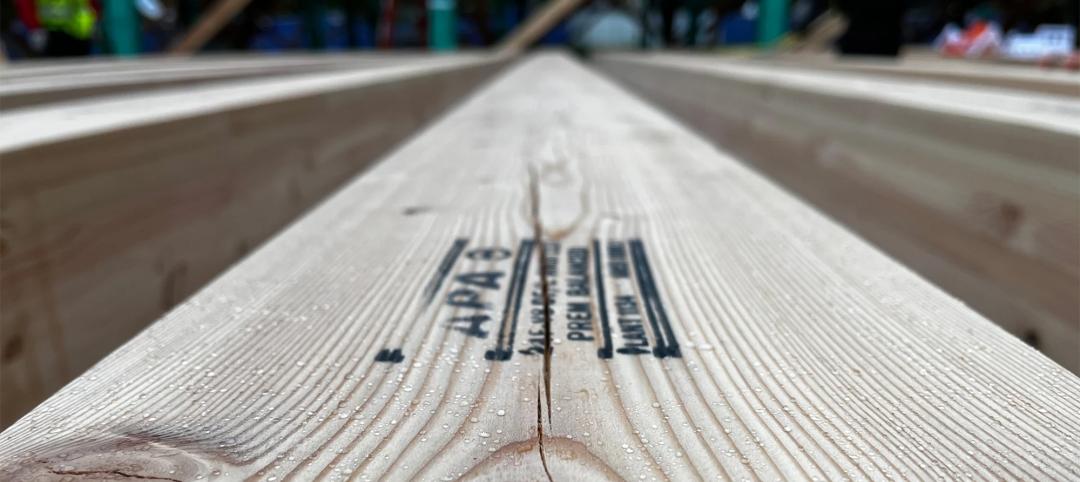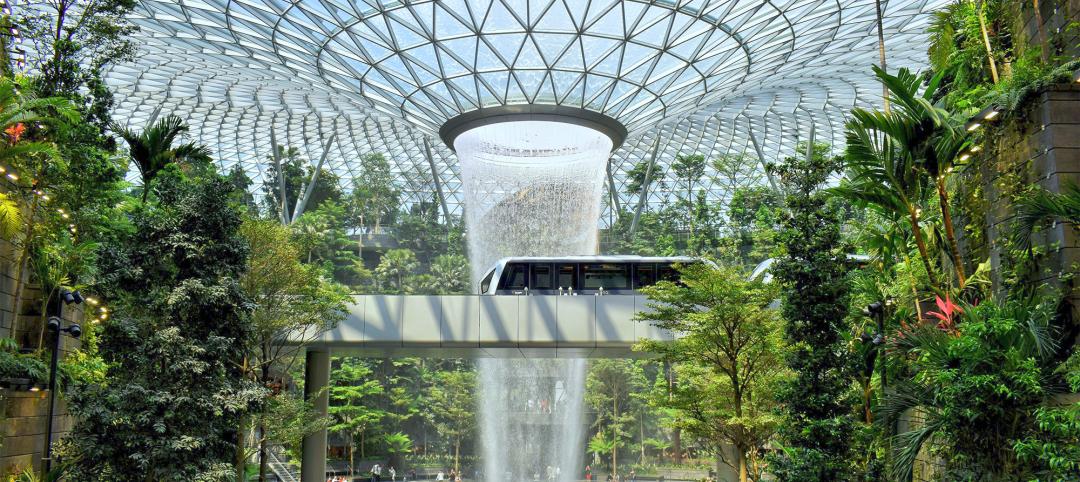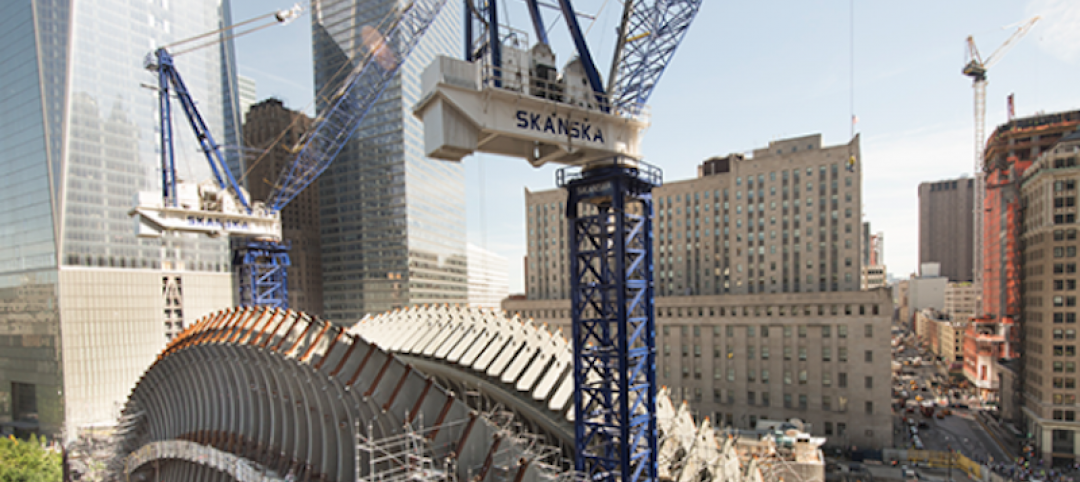On May 6th, the White House released the third U.S. National Climate Assessment (NCA), concluding that the impacts of climate change – including sea level rise and storm surges, extreme weather events, higher temperatures and heat waves – are affecting the reliability and capacity of our nation’s infrastructure in many ways.
This is the latest in a series of warnings about our infrastructure: the American Society of Civil Engineers estimates that in order to remain operational, U.S. infrastructure needs as much as $3.6 trillion in investments by 2020. Now is the time to act.
At Skanska, we’ve been thinking about this very topic for some time. I recently delivered a presentation on the need to make U.S. infrastructure more resilient to climate change at the annual Journalists Forum on Land and the Built Environment, a conference organized by the Lincoln Institute of Land Policy and Harvard University.
Read More Posts at Skanska's Constructive Thinking blog
We’ve seen far too many images like the one above. Infrastructure design criteria have long been based on historical records, but given changing weather patterns our history likely doesn’t reflect our future. Indeed, NCA 2014 concludes that sea level rise, coupled with storm surge, will continue to increase the risk of major coastal impacts on infrastructure, including flooding of airports, ports and harbors, roads, rail lines, tunnels and bridges. We need to change how we design and build. And we need to think of ways to spend less but have more impact. Here are seven cost-effective strategies for making our infrastructure more resilient.
1. Protect subways from flooding
An easy way to do this is to elevate air grates that are typically embedded at grade in sidewalks. Simply raising these by about a foot or two can keep subways dry and add an artistic flourish to the streetscape. It’s a low-cost change with a potentially big impact. Likewise, raising the entrance to a subway station can prevent water damage. This does mean that pedestrians must go up to go down, but there are ways to make these types of entrances handicapped accessible.
2. Move critical elements to higher ground
Many buildings have important functions on their ground floors, such as emergency rooms, and have mechanical and electrical operations in the basement. Such configurations – which have typically been very convenient – were devastating to New Orleans’ hospitals during Hurricane Katrina. The replacement facility our joint venture is building there – called the University Medical Center – will have sacrificial administrative functions on the ground level, emergency and operating rooms on higher floors, and mechanicals on the roof. It’s a straightforward design approach with major ramifications for resiliency.
3. Bury electrical wires
One of Hurricane Sandy’s lessons is that something must be done about the poor state of electrical infrastructure. Millions of people in the New York/New Jersey region were without power for nearly a month due to Sandy knocking down overhead electrical lines. While burying many lines at once would be prohibitively expensive, why not start by undergrounding the most critical lines first? Eventually, our infrastructure will be more secure, with less of an upfront investment.
4. Use infrastructure in new ways
How? Turn underground parking garages – or even tunnels — into temporary water collection facilities during storms. While these structures can eventually be pumped out, by diverting a deluge they may save homes or sensitive buildings from being destroyed. In Washington, D.C., the National Coalition to Save Our Mall has proposed building a parking garage and water resource facility under a portion of the National Mall’s grass panels. Large cisterns in the facility would collect rainwater for mall irrigation and, during periods of heavy flooding, act as a floodwater retention basin. The project could be built with private money and paid for through parking fees at no cost to the public.
5. Use nature
Cities can also design more natural ways to mitigate disaster. In New York there’s a proposal to add 80 acres of new parks, wetlands and tidal salt marshes along the edge of Manhattan. Dredged material from harbor-deepening projects combined with geotextiles could form artificial barrier islands help reduce the impact of rising waters. Wetland plants can help absorb energy out of storm surges and protect coastlines
6. Plan together
Too often during big storms, crisis management becomes chaotic. During Sandy, many agencies were all vying for the same resources, such as water pumps. Plans, processes and procedures need to be coordinated to an even greater degree to ensure that those resources go to the most critical needs first.
7. Design infrastructure for a longer lifespan
While building a tunnel with the strength to survive a 500-year flood – perhaps with a floodgate and higher-strength concrete — may cost more upfront, it’s less expensive than having to rebuild the tunnel later.
There are many creative ways to improve resiliency. But the value of forward thinking and wise investments in infrastructure will become apparent when it matters most. And, as the 2014 NCA report demonstrates, when it comes to U.S. infrastructure, we cannot afford to wait.
About the author
Richard Cavallaro is President of Skanska USA Civil. Read more posts by Cavallaro.
More from Author
Skanska | Sep 26, 2024
5 lessons in water mitigation for mass timber projects
Sustainability leaders from Skanska, RDH, and Polygon share five tips for successful water mitigation in mass timber construction.
Skanska | May 6, 2024
The benefits of biophilic design in the built environment
Biophilic design in the built environment supports the health and wellbeing of individuals, as they spend most of their time indoors.
Skanska | Dec 4, 2023
4 key innovations and construction trends across airport design
Here are some of the key trends Skanska is seeing in the aviation sector, from congestion solutions to sustainability.
Skanska | Jun 29, 2023
K-12 school construction: 5 ways strong community relations can lead to success
When constructing a K-12 school, building positive relationships with the community—including students, parents, school staff and residents—is critical to the success of the project. Here are five ways Skanska puts the community first when building K-12 schools in the Pacific Northwest.
Skanska | Mar 14, 2023
Skanska tests robots to keep construction sites clean
What if we could increase consistency and efficiency with housekeeping by automating this process with a robot? Introducing: Spot.
Skanska | Jan 27, 2023
Key takeaways from Autodesk University 2022
Autodesk laid out its long-term vision to drive digital collaboration through cloud-based solutions and emphasized the importance of connecting people, processes and data.
Skanska | Dec 5, 2022
5 ways sustainability professionals can help reduce construction's carbon footprint
Mark Chen, Sustainability Manager at Skanska, has found five specific ways to help the construction industry reduce its carbon footprint.
Skanska | Jul 5, 2022
Tour the new Patricia Reser Center for the Arts in Oregon
This month, the community of Beaverton, Oregon, welcomed a new haven for artistic expression with the opening of Patricia Reser Center for the Arts (The Reser).
Skanska | Jun 22, 2018
What owners should know before choosing the design-build project delivery method
Outside of drawing up a well-written contract, owners often overlook a key attribute that can significantly impact the success of a design-build project, writes Skanska’s Julie Hyson.
Skanska | Dec 7, 2017
Busting the myths: What the “S-word” can mean for construction and development
Sustainability, it’s a trendy term. The problem, however, is that it’s being used in so many different ways that people don’t even know what it means anymore.
















